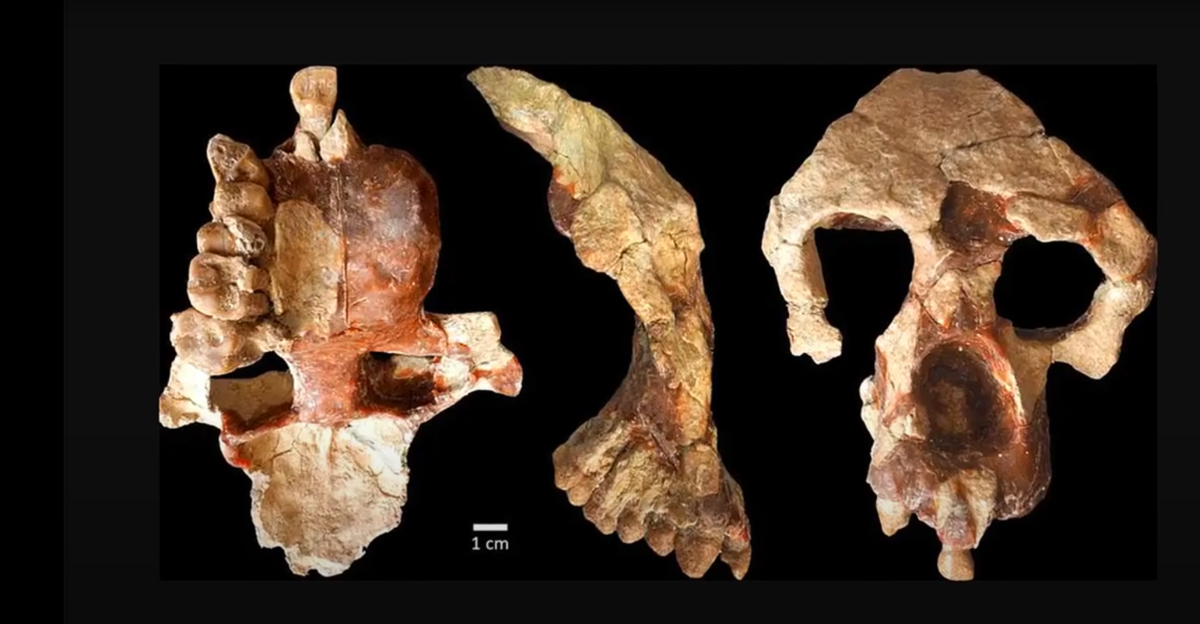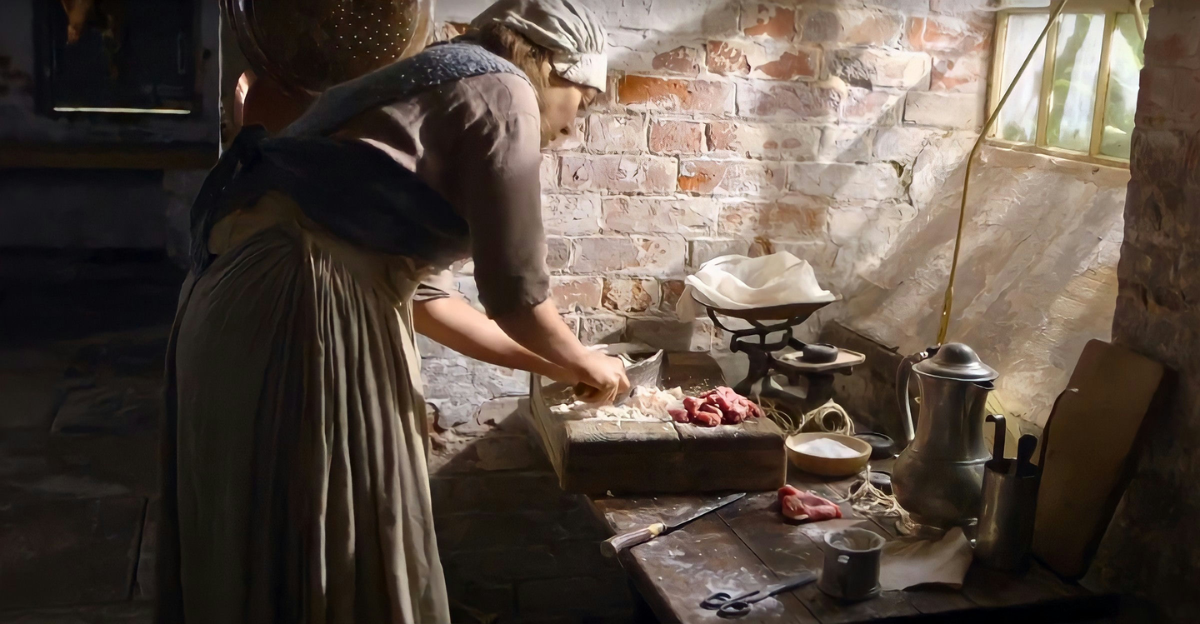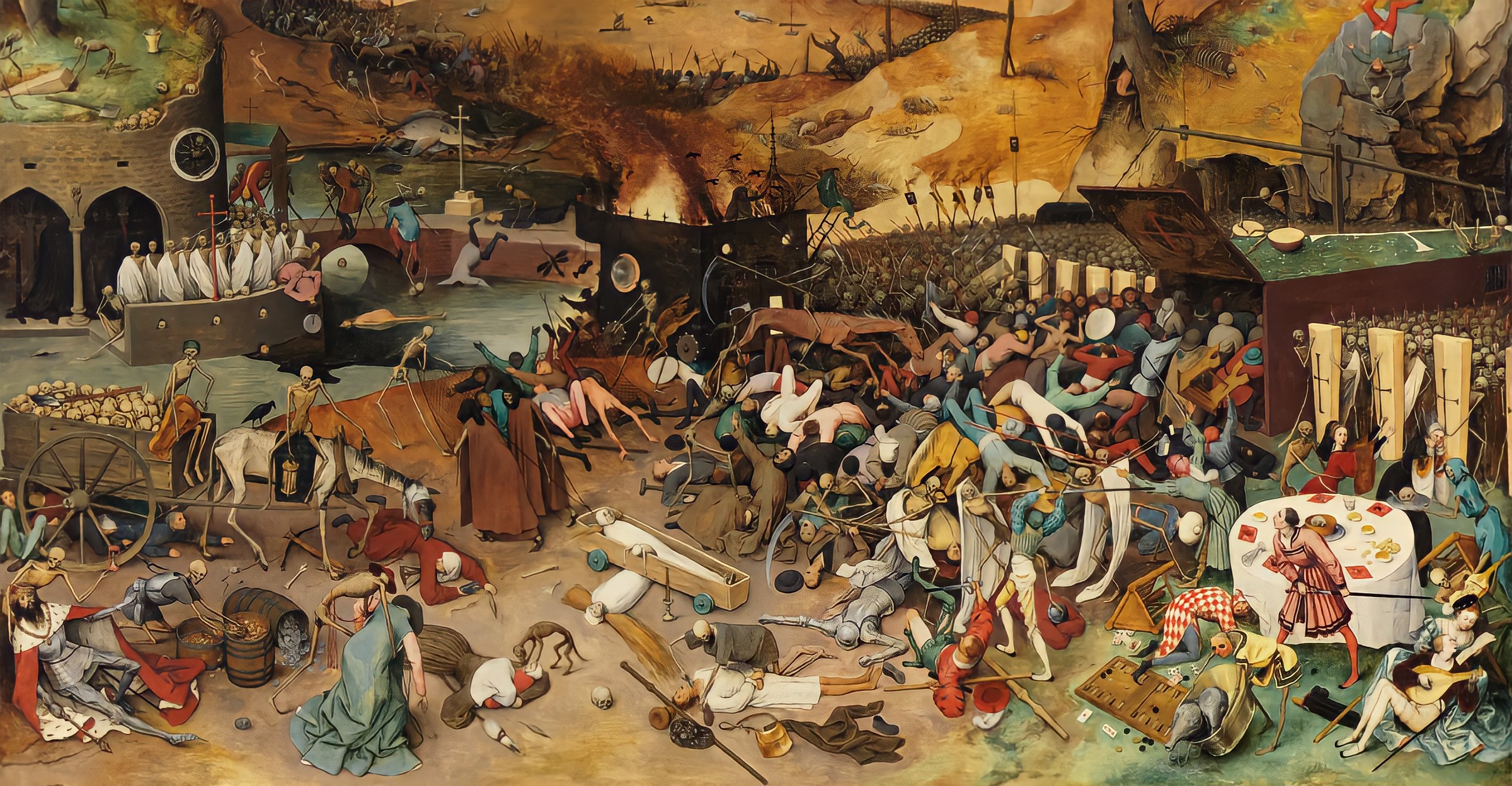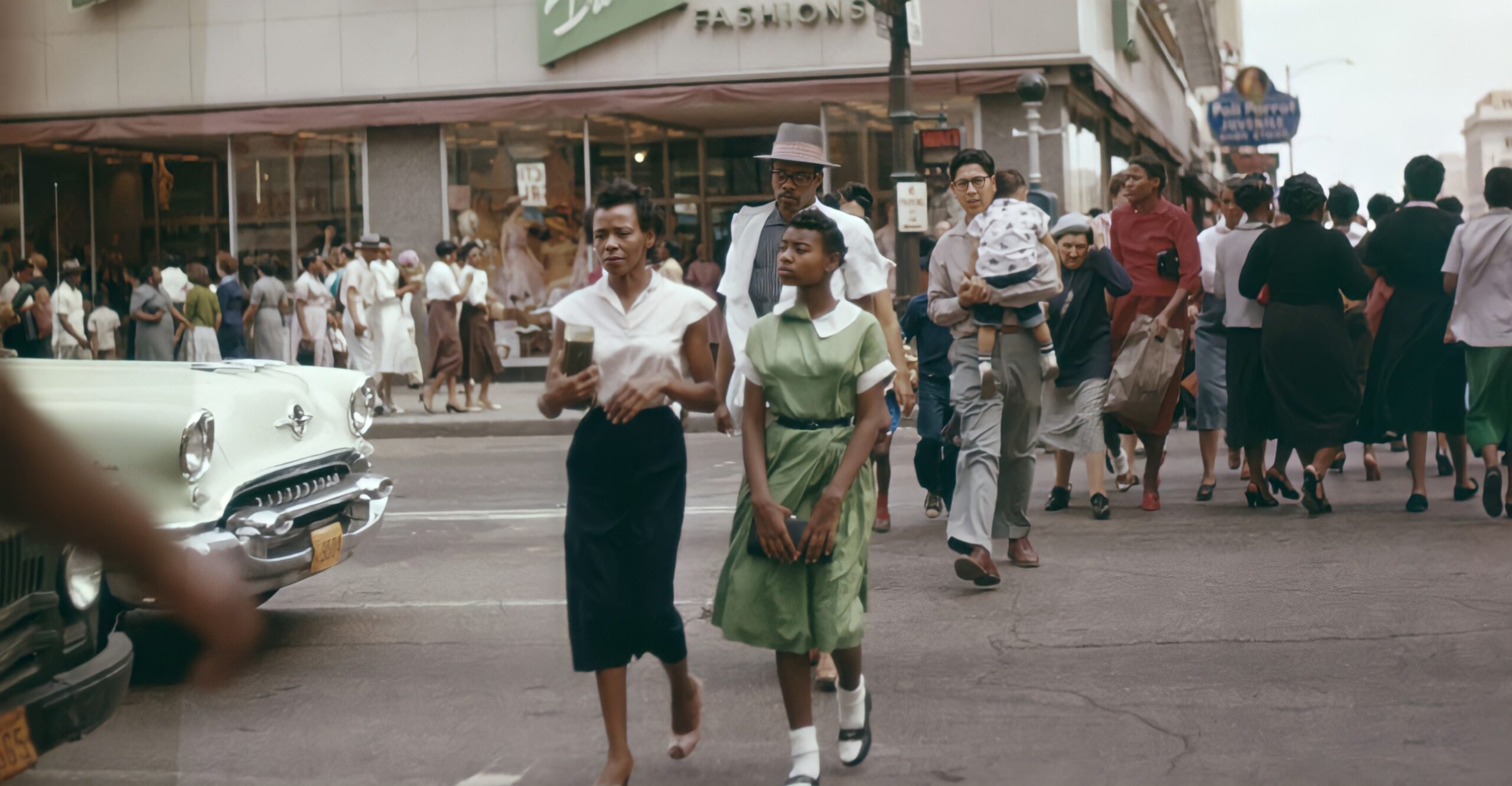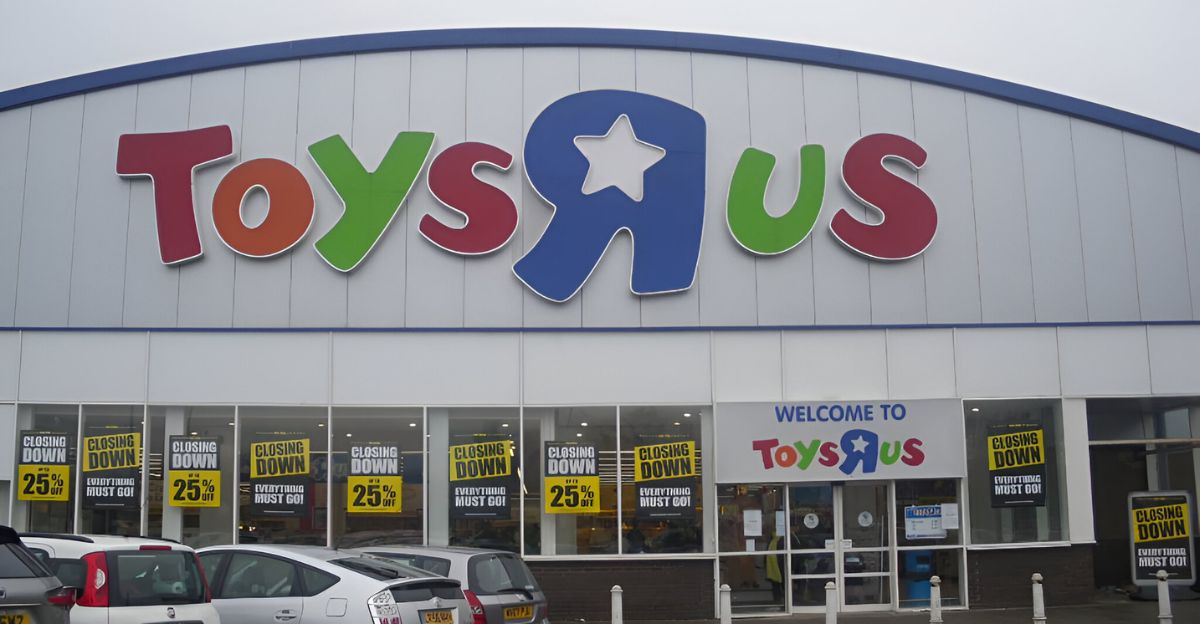
In a world monopolized by online shopping and disappearing malls, it’s difficult not to feel nostalgic for the retail giants that were once part of our childhoods.
These weren’t just places you’d go shopping. They were social hotspots and playgrounds. While they’re gone now, their influence is still felt by millions who remember their fluorescent lights and sale signs.
1.Woolco

Woolco was more than just a discount department store. It was a memorable, immersive shopping experience. Founded in 1962 by the F.W.
Woolworth Company, it became a suburban staple fast, offering clothing and electronics to toys, furniture, and beauty products.
Some locations featured Red Grille restaurants serving cafeteria-style meals, popcorn, and milkshakes, making it a sought-after weekend destination.
With store sizes often surpassing 100,000 square feet, Woolco felt like a go-to wonderland. But by the late 1970s, the company started to shrink its inventory and footprint in to cut costs, just as Walmart’s empire began to grow.
Customer dissatisfaction soon followed, and by 1983, Woolco shuttered all 336 of its U.S. stores, closing the chapter on a once-grand chain.
2. FAO Schwarz

FAO Schwarz wasn’t just a toy store. It was a fairyland. Founded in 1862, the brand gained global fame for its curated collection of high-end toys, elaborate displays, and the unforgettable giant piano featured in the film Big.
Its flagship store in New York City became a holiday expedition for families and tourists alike. Children would get lost in aisles of fluffy animals, dolls, and rare collectibles. But, despite its iconic status, FAO Schwarz couldn’t keep up with the evolving retail landscape.
Skyrocketing rent, competition from big-box retailers, and the rapid rise of online shopping took their toll. The company went bankrupt in 2003, and by 2015, the legendary flagship store had closed. Though the brand was revived at a later stage by the ThreeSixty Group, its magic was never fully recaptured.
3. Bonwit Teller

Bonwit Teller represented sophistication and style for much of the 20th century. Established in 1898, the store specialized in upscale women’s fashion and became known for its brilliant service and high-quality goods.
Located on Fifth Avenue in New York, the store was as much an architectural landmark as a retail one, with lavish sculptures decorating its facade. Over the decades, the brand changed hands multiple times, leading to expansion and instability.
In 1980, Donald Trump acquired the flagship property and vowed to preserve its artistic details for the Metropolitan Museum of Art, but instead destroyed the building, sparking public outrage. With dropping sales and failed revival efforts, Bonwit Teller entirely faded from the retail scene, with the final store closing in 2000.
4.Tower Records

Tower Records was the hub of music retail for decades. Founded in 1960, it was more than just a place to buy albums. It was an artistic destination where music fans could find new artists, scan endless aisles of vinyl and CDs, and absorb the latest releases’ vibe.
Tower wasn’t just transactional; it was about community, and its stores often hosted live performances and signings. But the digital age proved too much. As Napster, iTunes, and later Spotify changed how people consumed music, Tower Records struggled to adapt.
After significant financial loss, the company filed for bankruptcy and closed its doors in 2006, leaving a generation of music lovers behind who still miss flipping through its racks.
5. Mervyn’s

Mervyn’s was the greatest destination for inexpensive fashion, home goods, and shopping for school. Established in 1949, the California-based chain positioned itself as a link between high-end department stores and budget outlets.
It was beloved by families for its wide selection and frequent sales. But Mervyn’s struggled after being acquired by private equity firms, who loaded it with debt and failed to invest in innovation.
The 2008 financial crisis dealt the final blow. By 2009, the chain had closed all of its remaining stores, leaving many shoppers without their go-to spot for daily necessities.
6. KB Toys

KB Toys was the busy, brightly colored dream of every kid. Lodged in shopping centers across the U.S., these compact stores were stacked to the brim with action figures, dolls, and battery-powered chaos.
The front of the store always had bins containing something irresistible for children, and infuriatingly tempting for parents.
For decades, KB Toys thrived on impulse buys and holiday rushes. But the rise of big-box competition and online retailers undercut its market. The chain filed for bankruptcy and liquidated in 2009, marking the end of an era when toy stores were full of energy, magic and wonder.
7. Ames

Ames wasn’t necessarily a household name everywhere, but in the Northeast and Midwest, it was a staple of small-town shopping.
Founded in 1958, the discount department store grew rapidly, eventually becoming the fourth-largest in the U.S. It offered a bit of everything: clothing, tools, housewares, all at prices that attracted working-class families.
However, a significant acquisition in the 1980s left the company overextended, and it never fully recovered. Walmart’s growing dominance further pushed Ames out of the market. After its second bankruptcy in 2001, the chain shut down its remaining stores the next year.
8. Service Merchandise

Service Merchandise was a retail anomaly that worked surprisingly well… until it didn’t. Instead of browsing aisles and picking items off shelves, customers could walk through a showroom, make note of the products they wanted, and submit a form at the counter.
Behind the scenes, the items were brought out from storage. This hybrid of catalog shopping and in-person service was new in the 1970s and ’80s, but by the late ’90s, it felt obsolete.
Consumers started preferring more direct, hands-on experiences or turned to online retailers for convenience. Service Merchandise struggled to modernize and closed its last stores in 2002.
9. The Limited
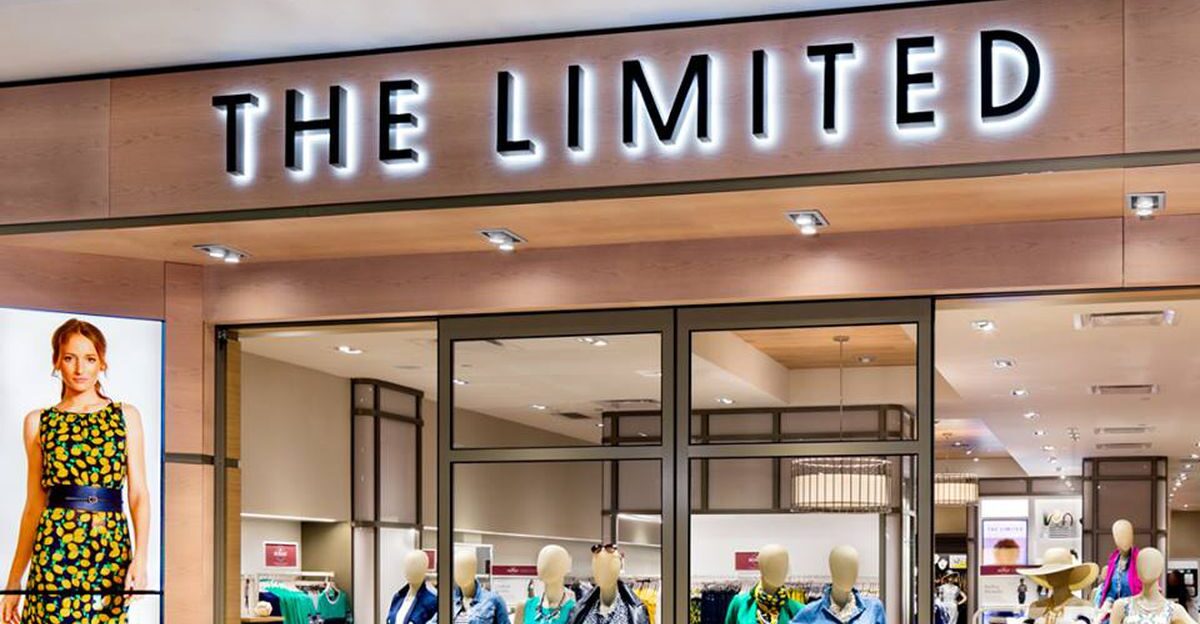
The Limited was once the epitome of mall chic. Launched in 1963, it carved out a niche with trendy but affordable clothing for young professional women. Its minimalist branding and stylish pieces made it a mainstay for decades, often located right alongside its sister brands like Express and Victoria’s Secret.
But fashion is fickle, and The Limited couldn’t keep up with the lightning-fast cycles of brands like H&M and Zara. With declining mall traffic and poor online performance, it became clear that the model needed a reboot. In 2017, all brick-and-mortar stores were shut down, and the brand was relegated to online-only status.
Though these chains are now gone, their impact lingers in memory. They represent more than just business ventures. They evoke childhood rituals, teen hangouts, and weekend traditions. In an era of two-day shipping and faceless checkout screens, these stores remind us that shopping was once about discovery, atmosphere, and, perhaps most importantly, fun.

